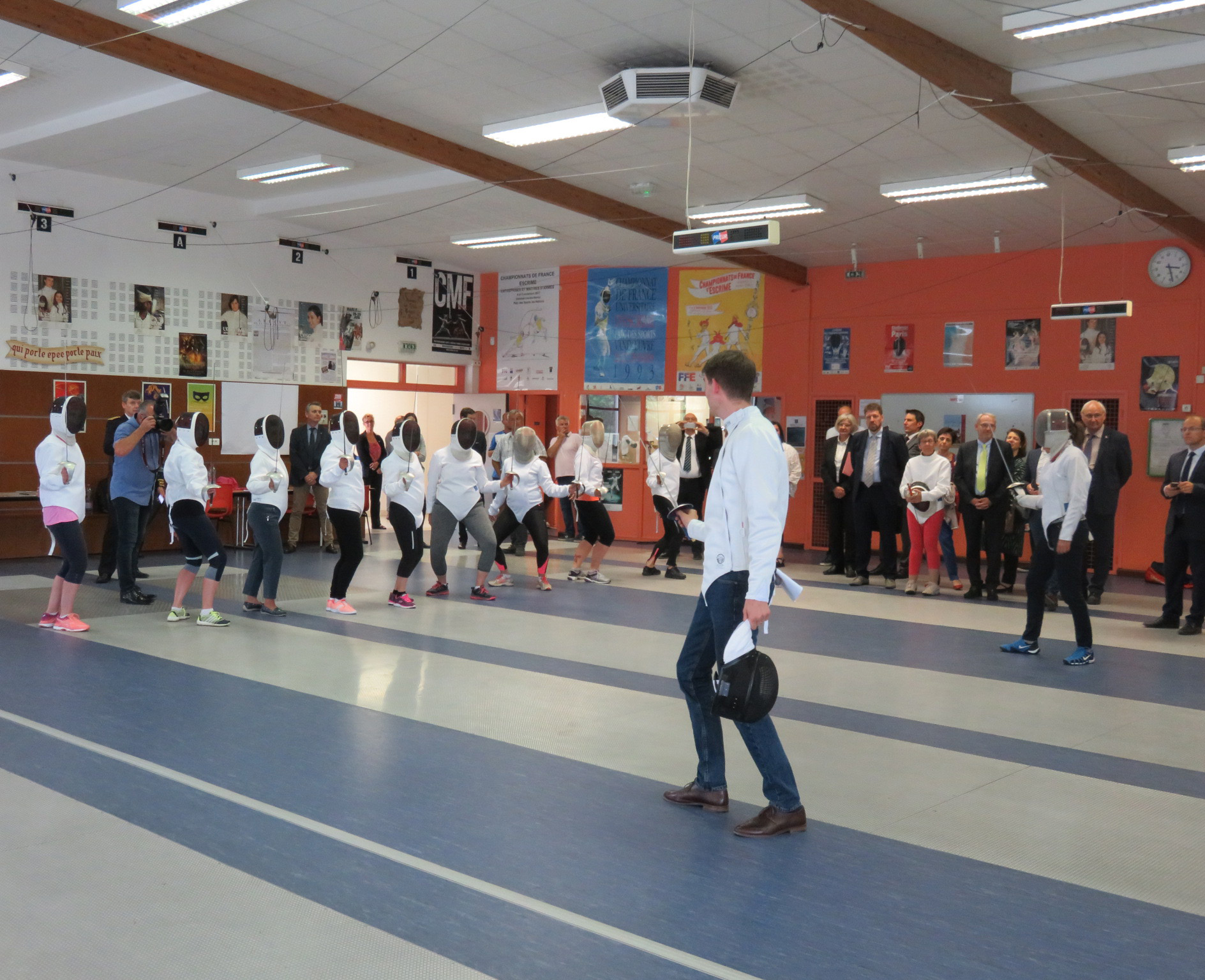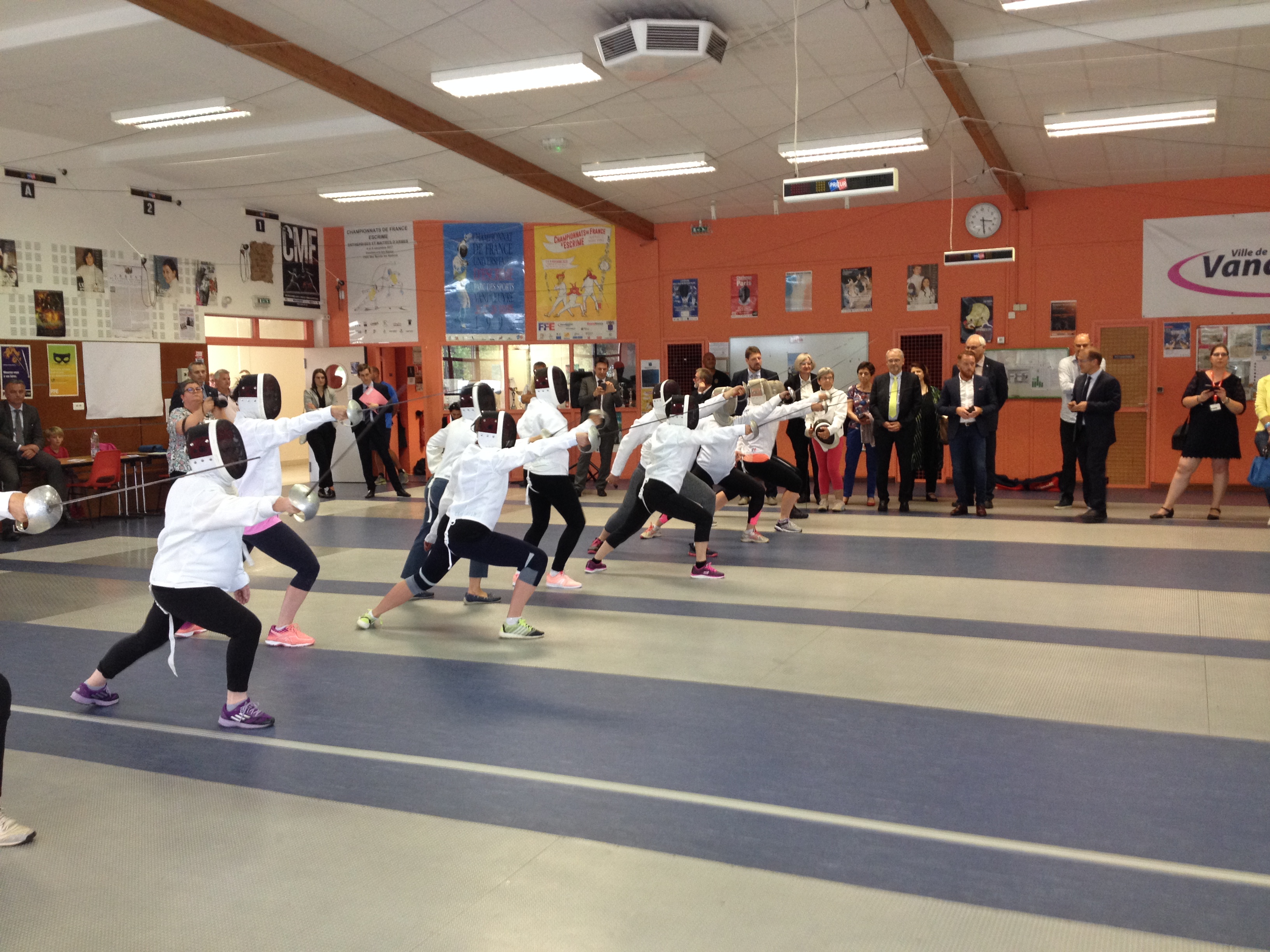By Mathias Poussel, David Hupin, Bruno Chenuel and Pascal Edouard
Both physical inactivity and sedentary behaviour are leading risk factors for non-communicable diseases such as cardiovascular diseases, cancer and diabetes which accounts for 10% of deaths in Europe.1-3 To promote regular PA in patients, public health policy as PA on prescription (PAP) has been developed and is reported to increase PA.5-6 Adherence and results of prescribed programmes differed depending on PAP schemes. The schemes can be improved by targeting specific groups of patients, taking into account their preferences and providing PA programmes for patients to complete during a long follow-up period.5 Onerup et al. recently reported that the Swedish PAP scheme includes patient-centred dialogue, individually tailored PA recommendations with written prescriptions, and follow-ups increases the level of PA in patients.6 PAP thus should be considered a key point in the medical management of patients with diseases for which PA is known to be effective.
The French PAP Model
Following the example of Sweden and other European countries, France introduced a PAP scheme. In 2016, by law (modernization of the health system n° 2016-41) France promoted PAP. Article L. 1172-1 emphasizes that “As part of the care pathway for patients with chronic diseases, the attending physician may prescribe a physical activity adapted to the pathology, physical abilities and mental risk of the patient”. Each French primary care physician is involved in the promotion of PA as part of routine healthcare. The conditions of dispensation of PA prescribed by the physician are specified in a decree, effective since March, 2017. Based upon the WHO recommendations, the decree defines PA, and specifically notes that the patient should be informed and agree with the PA prescription. In a second part, it mentioned the different interveners authorized to deliver PA in accordance to the medical prescription and depending on the patient’s disease severity. Among them, only healthcare professionals such as physiotherapists, occupational therapists or psycho-motor therapists are able to deliver PA to patients with the most severe impairments. For less severe patients, other professionals, as sport instructors trained to coach patients, are allowed to deliver PA. In a last part, the decree proposed a specific medical prescription form in order to facilitate PAP, where the characteristics of PA need to be specified for a personalized and progressive accompaniment: type/nature, intensity and frequency.
PAP now a French Law
PAP in France supports a change in lifestyle and encourages patients to adopt and maintain a more active lifestyle for the long-term.7 Even though this initiative is widely accepted, there are many barriers as the “sports on prescription” assignment of the Committee on Social Affairs of (January 2018) concludes. Notably, prescribers said that they are insufficiently trained. Therefore, this year, French National Education proposed to teach PAP to medical students, and the French National Institute for Health (Haute Autorité de Santé) published a practical guide for the “promotion, consultation and medical prescription of PA and sport for health of adults” accompanied by guidelines for prescription assistance by disease. The objective is to enable physicians to prescribe PA for patients with chronic diseases. This teaching and these guidelines will allow physicians (primary care practitioners or specialists) to conduct a consultation dedicated to PA promotion. The six targeted diseases in these guidelines are: overweight and obesity in adults, type 2 diabetes mellitus, hypertension, stable coronary artery disease, chronic obstructive pulmonary disease and stroke.
Promoting health using PA is one of the main challenges in society today. Since 2016, France actively promotes PA, and now has adopted a law on PAP schemes, similar to the Swedish model.5-6 With collective commitment, France is working towards the 2018-2030 WHO global action plan on PA: “More active people for a healthier world”.8 This is well underway through better educating our medical community on PAP and also involving medical, sports and political communities. In the next few years, we hope to see more studies evaluating the effectiveness and effect (in terms of health and costs) of the French PAP model.


***
Competing interests
None to declare
Mathias Poussel, MD, PhD, is an associate professor working as a sports medicine physician at the University-Hospital of Nancy (France). As a former elite fencer, he is also member of the medical board of the French Fencing Federation. His main research interests include physical activity, exercise induced bronchoconstriction and ultra-endurance. Email: m.poussel@chru-nancy.fr
David Hupin, MD, PhD is an assistant professor and works as sport medicine physician at the University-Hospital of Saint-Etienne and as researcher at the University of Lyon (Autonomic Nervous System laboratory, EA 4607), France. His main research interests include physical activity and autonomic nervous system, especially in sportsmen and older people.
Bruno Chenuel, MD, PhD is full professor of physiology and works as a sports medicine physician at the University-Hospital of Nancy (France). His main research interests include exercise physiology, physical activity and doping prevention in athletes.
Pascal Edouard, MD, PhD,IOC Diploma Sports Physician,is an assistant professor and works as sports medicine physician at the University-Hospital of Saint-Etienne, and as researcher at the University of Lyon(Inter‐university Laboratory of Human Movement Science EA 7424), France. His main research interests include sports injury and illness prevention, especially in athletics.
References
- Ding D, Kolbe-Alexander T, Nguyen B, et al. The economic burden of physical inactivity: a systematic review and critical appraisal. Br J Sports Med2017;51:1392-1409.
- Peachy MM, Richardson J, V Tang A, et al. Environmental, behavioural and multicomponent interventions to reduce adults’ sitting time: a systematic review and meta-analysis. Br J Sports Med Published Online First:23 October 2018. Doi:10.1136/bjsports-2017-098968
- Kohl HW 3rd, Craig CL, Lambert EV, et al. The pandemic of physical inactivity: global action for public health. Lancet 2012;380:294–305.
- Kyu HH, Bachman VF, Alexander LT, et al. Physical activity and risk of breast cancer, colon cancer, diabetes, ischemic heart disease, and ischemic stroke events: systematic review and dose-response meta-analysis for the Global Burden of Disease Study 2013. BMJ 2016;354:i3857.
- Arsenijevic J, Groot W. Physical activity on prescription schemes (PARS): do programme characteristics influence effectiveness? Results of a systematic review and meta-analyses. BMJ Open 2017;7:e012156.
- Onerup A, Arvidsson D, Blomqvist A, et al. Physical activity on prescription in accordance with the Swedish model increases physical activity: a systematic review. Br J Sports Med Published Online First: 09 November 2018. doi:10.1136/bjsports-2018-099598
- Rivière D. Le Concept de prescription de l’activité physique. Bull Acad Natle Med 2017;201:869-878.
- World Health Organization. Global action plan on physical activity 2018–2030: more active people for a healthier world. Geneva: World Health Organization; 2018. Licence: CC BY-NC-SA 3.0 IGO